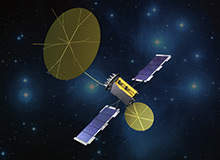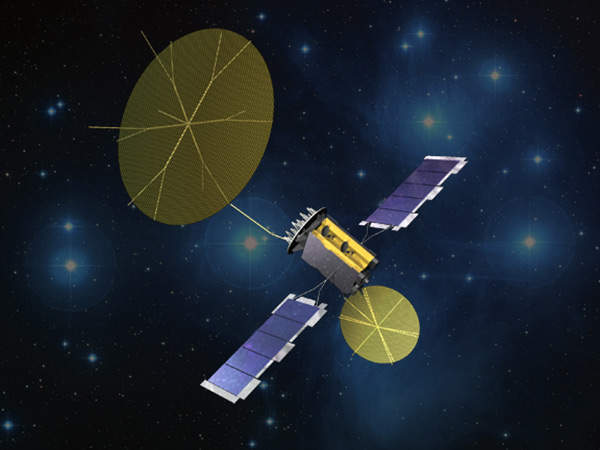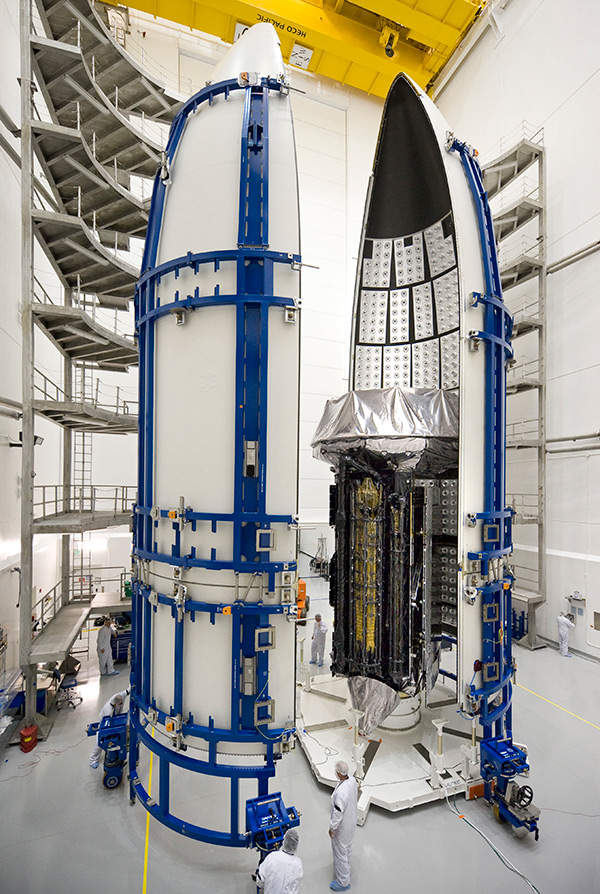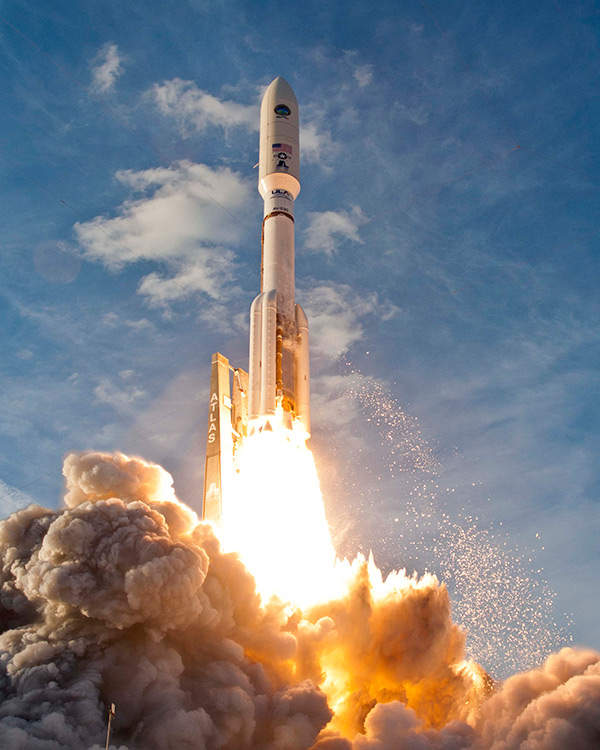The Mobile User Objective System (MUOS) is a narrow-band satellite communication system built for the US Department of Defense (DoD). The facility comprises five satellites, including four satellites in geosynchronous Earth orbit and one on-orbit spare, and a fibre-optic terrestrial network connection linked to four ground stations.
MUOS improves global ground communications on a full-time basis for its users. It features modern mobile-based facilities capable of providing voice, video and data simultaneously. It replaces the current ultra-high frequency follow-on (UFO) system.
The MUOS is 16 times more effective than the UFO system and provides connectivity from any location.
Lockheed Martin is the prime contractor and lead system integrator of the MUOS. The first unit of the MUOS was launched in February 2012, and its on-orbit testing was completed in July 2012. Environmental testing for the unit was completed in September 2011.
The environmental testing for the second unit was completed in June 2012, and the satellite became operational in July 2013. The third and fourth units were launched in January 2015 and September 2015, respectively. The fifth unit was launched in June 2016. Narrowband communications availability is expected beyond 2025. The total cost for constructing all five units is expected to be $3.26bn.
Mobile User Objective System features
The satellites operate 22,236 miles above the Earth and weigh 8,405lb, with 6,450lb of the total weight being used for carrying fuel. The entire system is expected to utilise up to 18,000 miles of fibre-optic cables.
Earth terminal antennas of the MUOS are 80ft-high and 60ft in diameter, weighing 250t. Each satellite comprises two large mesh reflectors. The base for the antennas was constructed using 1,000t of concrete each.
The satellites were deployed into space using an Atlas V rocket. The satellite and the rocket together measured 206ft tall. Lockheed’s A2100 payload is the MUOS spacecraft platform.
Details of the MUOS functions and payloads
MUOS uses dual payloads: 3G wideband code division multiple access (WCDMA) payload and legacy UHF SATCOM payload, with provision to support UHF SATCOM terminals and joint tactical radio system (JTRS)-compatible terminals.
The MUOS functions by converting a 3G WCDMA cellular system into a military UHF SATCOM radio system, which is assisted by geosynchronous satellites.
The DoD Teleport and ground infrastructure of the MUOS enable users to connect to certain chosen telephonic connections of the DoD and internet networks of the Defence Information Systems Network (DISN) facilities.
The system also enables access to the global information grid (GIG), the non-secure internet protocol router network (NIPRNet) and the secure internet protocol router network (SIPRNet).
Ground control systems for MUOS satellites
There are four ground stations located at the Australian Defence Satellite Communications Station in Kojarane; the Naval Radio Transmitter Facility (NRTF) in Niscemi, Italy; Naval SATCOM Facility, south-east Virginia, US; and the Naval Computer and Telecommunications Area Master Station Pacific, Hawaii.
Transport, management of network connections, control of the satellite, carrying out of other infrastructural works connected with the launching of the satellites into space and management of users’ communications are implemented and undertaken from the ground.
Suppliers involved with the US DoD’s project
Key players responsible for the MUOS are the US Navy’s Program Executive Office for Space Systems, Chantilly, Virginia, and Communications Satellite Program Office, San Diego, California.
Lockheed Martin was awarded a $2.1bn contract to construct the first two units of the MUOS in September 2004. The company was awarded another contract worth $339.6m, to build the fifth unit, in February 2011.
Other contractors include General Dynamics C4 Systems of Arizona, and Boeing Integrated Systems of California, which supplied the legacy UHF payload.
Part of the integrated ground segment was provided by Ericsson, while General C4 Systems supplied the majority of the segment, including ground network, satellite control and network management, and a UTRS-compliant terminal solution.
Reflectors for the MUOS’ UHF-band antenna system were manufactured and supplied by Harris Corporation.
The launch vehicle for the satellites was provided by United Launch Alliance (ULA). Other key players involved in the project are Northrop Grumman, InterDigital and Pinnacle Network Systems.
Related project
Curiosity Rover – Mars Science Laboratory (MSL) Mission
The Mars Science Laboratory Curiosity rover was launched as part of Nasa’s Mars Exploration Programme.





